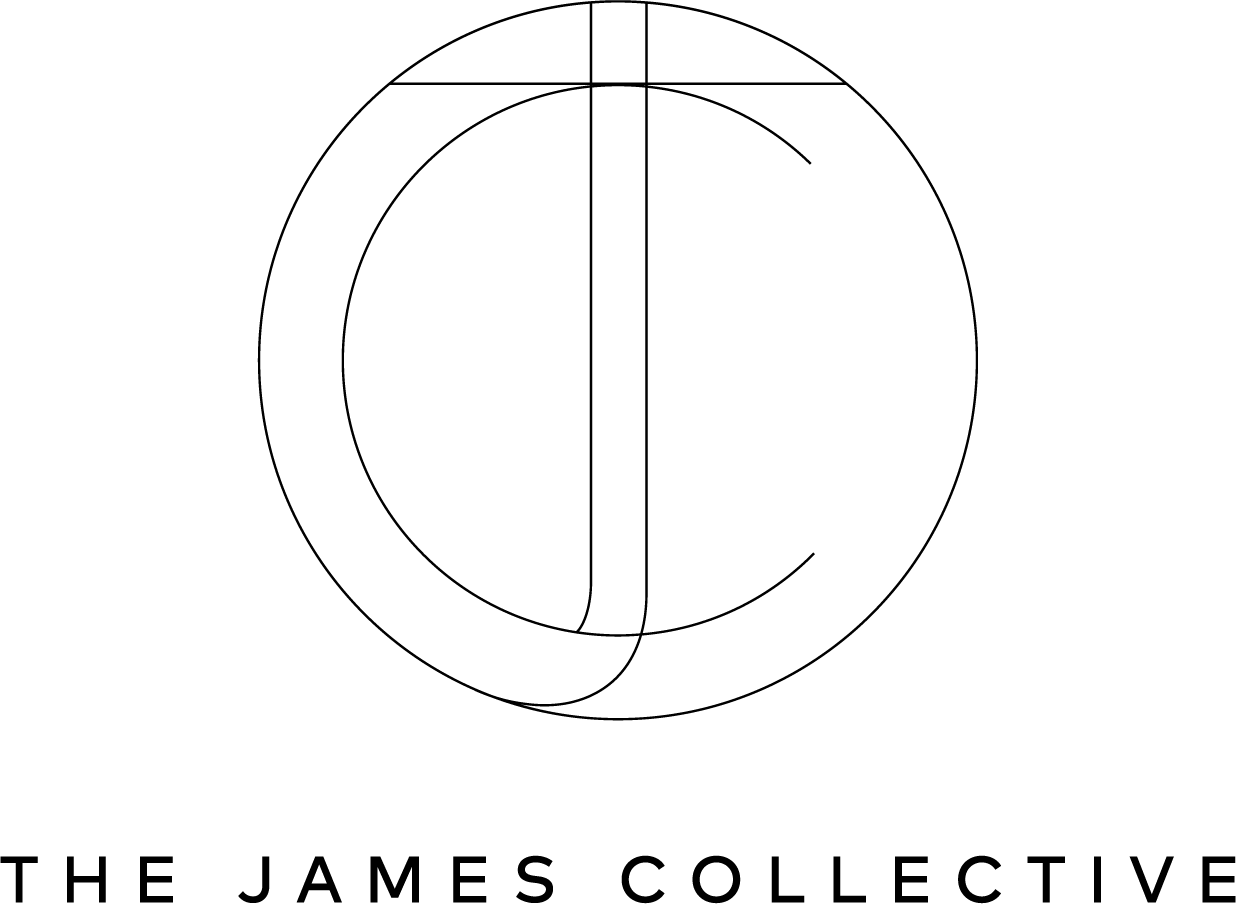How to Build and Promote an Effective Brand Collaboration
Brand collaborations are a fun, thoughtful, and often extremely successful way for brands to communicate their values while introducing themselves to new, likeminded consumers or audiences.
What is a brand collaboration, you ask? Unlike a partnership (where two brands do something together, like a fundraiser, an event, or a social media giveaway), collaborations are a co-creation between two brands, companies, or personalities.
Why do a brand collaboration? As noted above, they can be a great way to communicate your brand values by aligning with another brand that shares similar values. A collaboration can also help your business access a new customer set—one that already follows or fans your collaborator. And of course, something new is always a great way to build excitement and drive buzz, visibility, placements and sales.
Who should you collaborate with? Of course, this ultimately depends on your brand and the goal of the collaboration. Collaborate on a product that shares or aligns with your industry (i.e. a food brand working with another food brand to create a new co-branded product, such as the Maille x Mike’s Hot Honey one we developed or the recent Jacobsen x Fly by Jing spicy tingly salt launch), a brand that reaches a new industry and creates a new category for your brand (i.e. the Smeg x Dolce and Gabbana collaboration or the custom coffee blend collaboration we created for Abbot’s Passage winery with Hedonic Coffee), with a personality/artist/celebrity (like this Lady Gaga x Dom Perignon dream or a tastemaker creating a product under your brand, i.e. Chrissy Teigen’s Sir Kensington Fry Sauce), a retail outlet (we love these CAP Beauty co-branded robes with Rachel Comey), or even to benefit a non profit or communicate a shared social good effort.
You have the product, now where do you sell it? Collaborations can work well for distributed brands—often creating a marketing pull in existing retail/wholesale networks—but they work *especially* well for DTC-driven or DTC-heavy brands. The reason for this is the ability for both of the brands to control the release of the collaboration while simultaneously gaining new DTC customers. Limited time offered products and product *drops* are especially relevant to create a sense of urgency while building a community of customers who feel in the know as they adopt both brands.
Ok, the product is done, the sales plan is ready, so what’s next? People need to know about it! Firstly, ensure that both of the brands collaborating are on board and consistent (as consistent as possible while still maintaining brand guidelines) with how they’re talking about the product, what the visuals look like, where it's promoted, and the timeline.
From there, start activating your owned channels—social media pages, email newsletters, blogs, and of course, your website. Influencers and gatekeepers are great ambassadors for seeding new product collaborations, as they can work in real time, while sharing the products with media both gives them something new to talk about while continuing to create a long term relationship with the brand. And of course, once the product inevitably sells out, regroup about what worked and what’s next. If a brand collaboration works well, it is worth considering repeating with other brands that would help reach new audiences or once again, communicate your brand and give you something *new*, all while ensuring you build future collaborations thoughtfully so as to build following and sales for—but not diluting--your core product offerings and of course, your company as a whole.
Looking for a new brand collaborator, need help figuring out what’s next, or want case studies on successful collaboration launches? Reach out to us, we’d love to hear what you’re up to!
Thoughts above penned by our founder Alison Seibert.
Jacobsen Salt x Fly by Jing collab image by Maria Be
